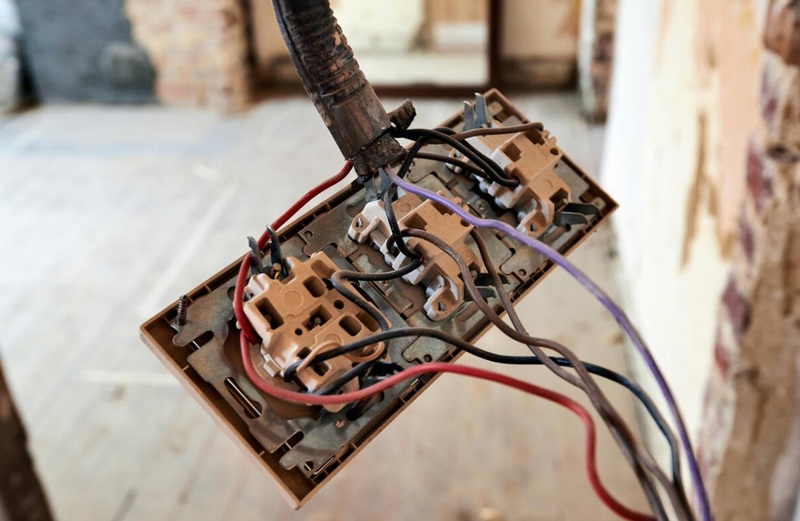Growing Concerns Over Power Grid Constraints in Dublin and Midlands
Power grid challenges are increasingly affecting residential developments across Ireland, particularly in the Midlands and parts of Dublin. These issues have led to significant delays for families who have purchased new homes but are unable to move in due to insufficient electrical infrastructure.
Nicholas Tarrant, the managing director of the ESB (Electricity Supply Board), recently addressed members of the Oireachtas Committee on Climate, Environment and Energy. He highlighted that areas such as north and west Dublin are experiencing “limited capacity” on the electrical network. This situation has been exacerbated by rapid population growth in these regions. Tarrant explained that this strain on the grid is not unique to Dublin, as similar problems have been reported in other parts of the country, including Portlaoise in County Laois.
In Portlaoise, 80 families are currently facing difficulties moving into their newly built homes at the Sandwood estate. The primary issue is the delay in connecting the site to the electricity grid. According to reports, these families may not be able to move in until December or later. The problem stems from the local substation’s inability to handle the increased demand caused by new housing developments.
Tarrant noted that over the past decade, Portlaoise has experienced a population increase of more than 16% between the 2011 and 2022 censuses. Similar trends are observed in other towns, though the most pressing issues are concentrated in larger urban centers like Dublin. He emphasized that the ESB is working closely with EirGrid, the national transmission system operator, to address these challenges.
To tackle the growing demand on the grid, the ESB has announced a €13.4 billion capital investment program over the next five years. This initiative aims to reinforce the electrical network and accommodate the current and future growth in energy consumption. Tarrant specifically mentioned that this plan is crucial for supporting developments like the Sandwood estate in Portlaoise.
The ESB chief also expressed concern for the families affected by these delays. He acknowledged the “considerable uncertainty and stress” they are experiencing, particularly those who have already invested in new homes. Tarrant encouraged developers to engage with the ESB early in the planning stages to ensure that new housing projects can be connected to the grid efficiently.
During the committee session, Senator Alice Mary Higgins raised concerns about the impact of data centers on the power grid. She asked whether housing developments should take precedence over the expansion of the data center sector. Tarrant responded that all developments are assessed on a first-come, first-served basis. He stated that any prioritization of housing over data centers would require policy decisions from the government or the energy regulator.
Key Challenges and Future Steps
- Population Growth: Areas like Portlaoise and parts of Dublin are seeing significant increases in population, leading to higher demand on the electrical network.
- Infrastructure Delays: The lack of sufficient grid capacity is causing delays in housing projects, impacting families who have already purchased homes.
- Investment Plans: The ESB is investing heavily in upgrading the grid to meet current and future energy needs.
- Collaboration Needed: Developers are encouraged to work closely with the ESB to avoid bottlenecks in housing connections.
- Policy Decisions: The balance between housing and data center development may require government intervention to establish clear priorities.
As Ireland continues to grow and develop, addressing these power grid challenges will be essential to ensuring that new housing projects can proceed smoothly and that residents are not left waiting indefinitely for essential services.







